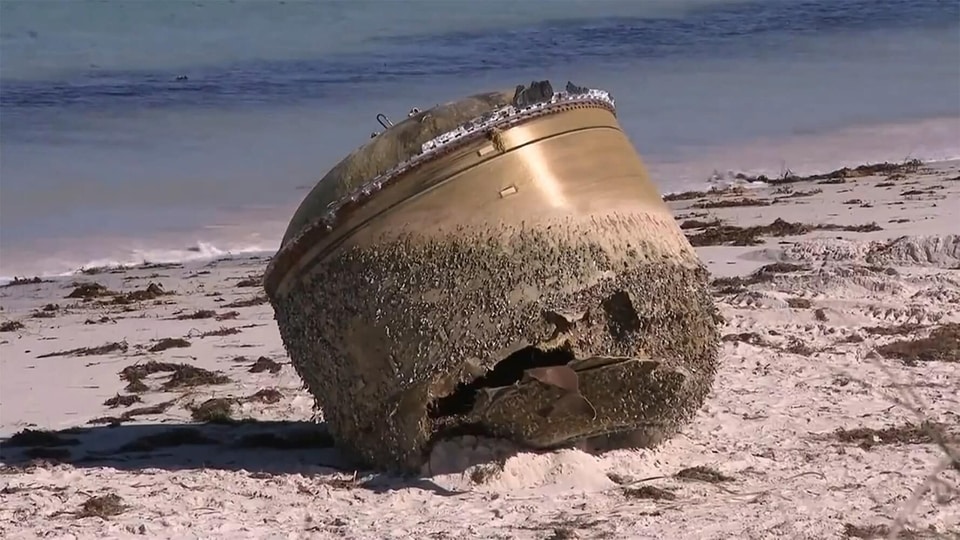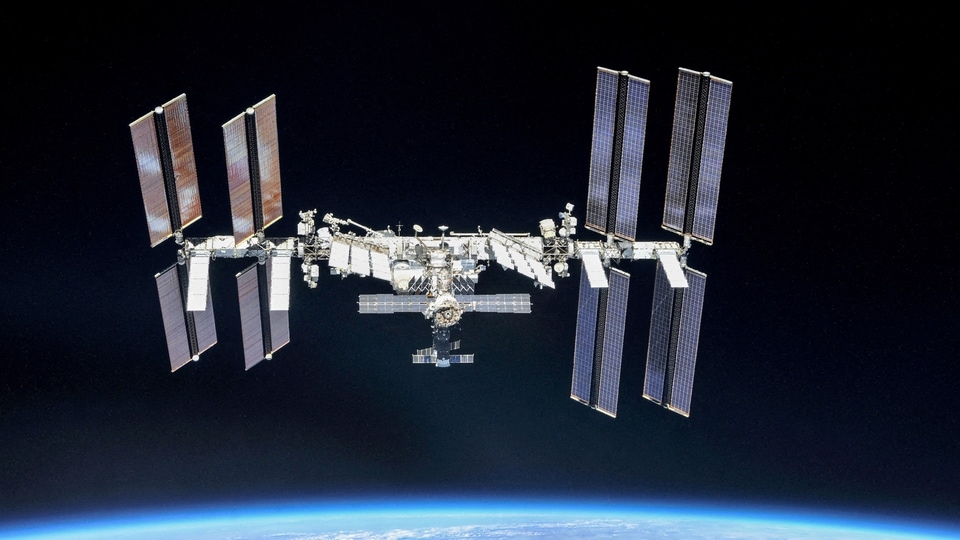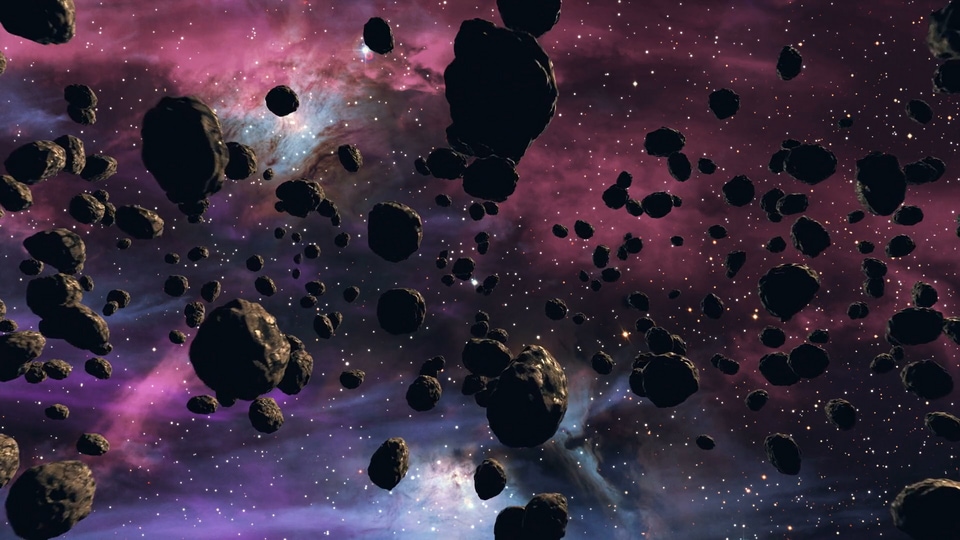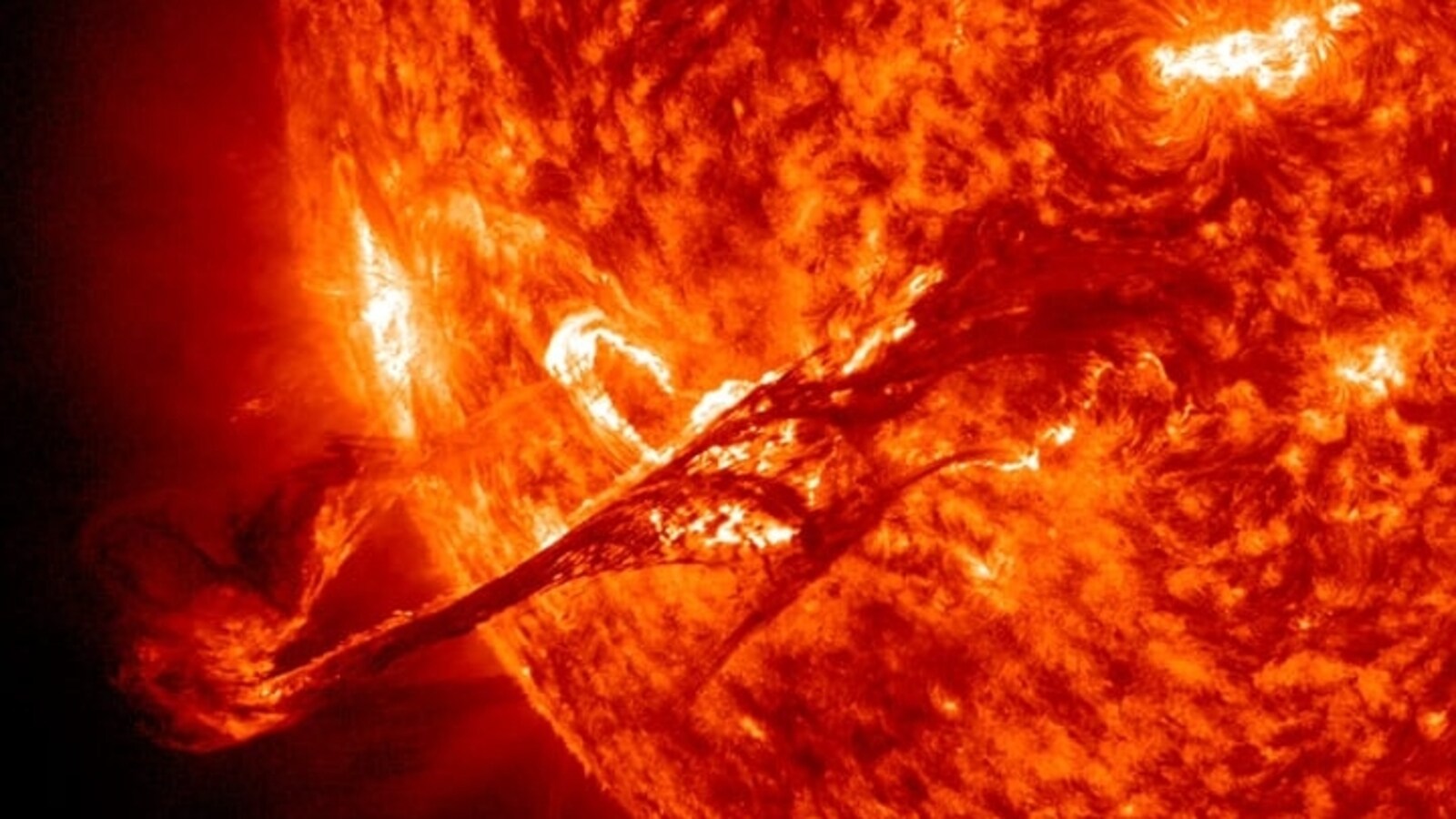Solar storm alert! Sunspot AR3559 could hurl out X-class solar flares as Sun heads toward solar maximum, says NASA
Just days after NOAA revised its forecast for solar cycle 25, NASA has issued a solar storm alert as the extremely volatile Sunspot AR3559 could hurl out X-class solar flares.






 View all Images
View all ImagesYet another solar storm warning has been issued by the US space agency, the National Aeronautics and Space Administration (NASA), and this time it is due to the volatile Sunspot AR3559. Over the last few months, solar activity has increased, resulting in multiple X-class solar flares. Some of these flares have caused radio blackouts in various regions on Earth. As we move towards the peak of solar cycle 25, the Sun's activity, which includes solar flares, CMEs, solar storms, and geomagnetic storms, is expected to increase even more. And now, NASA's Solar Dynamics Observatory (SDO) has issued a solar storm warning.
Also Read: NASA prepares for solar storm surge as new research unravels complexity of solar phenomena
Solar storm alert
According to a report by spaceweather.com, NASA SDO forecasts that a region on the Sun's surface, termed Sunspot AR3559, has a magnetic field that has been classified as ‘beta-gamma-delta'. This could trigger X-class solar flares. The report states, “Sunspot AR3599 has a 'beta-gamma-delta' class magnetic field that poses a threat for X-class solar flares.”
This development comes amidst NASA's preparations to mitigate potential impacts on Earth. The National Oceanic and Atmospheric Administration (NOAA) has released a revised forecast for Solar Cycle 25, suggesting a stronger-than-expected peak between January and October of 2024.
Due to the vernal equinox, the Russell-McPherron effect comes into play where the Sun is directly above the equator, causing the day and night to be of the same duration. As a side effect, there is semiannual variation in the effective southward component of the interplanetary field. Cracks form in the Earth's magnetic field which could allow even weak solar winds to seep through, says NASA. Thus, we can expect solar storms to be triggered by even weak solar flares.
Also Read: Volatile Sun sparks Geomagnetic storm, generates stunning auroras
How do solar flares affect tech?
Like asteroids, solar flares also pose a threat to Earth. Strong solar flares can cause power and radio blackouts for several hours or even days, spark auroras, give people in aeroplanes doses of radiation and can even influence elections! Technological instruments are especially at risk during flares. This is because when cosmic rays strike Earth, they release various particles like energetic neutrons, muons, pions and alpha particles. Although these particles do not affect the human body, they also pass through integrated circuits and cause damage, often changing the data stored in the memory.
One more thing! We are now on WhatsApp Channels! Follow us there so you never miss any updates from the world of technology. To follow the HT Tech channel on WhatsApp, click here to join now!
Catch all the Latest Tech News, Mobile News, Laptop News, Gaming news, Wearables News , How To News, also keep up with us on Whatsapp channel,Twitter, Facebook, Google News, and Instagram. For our latest videos, subscribe to our YouTube channel.





























